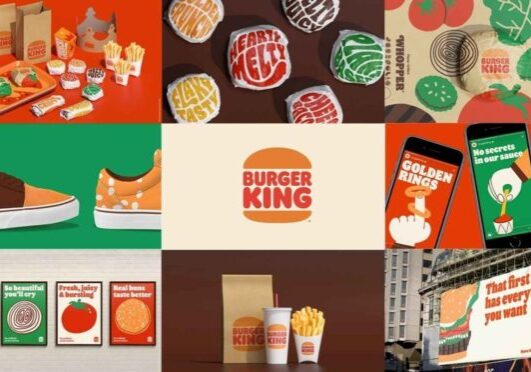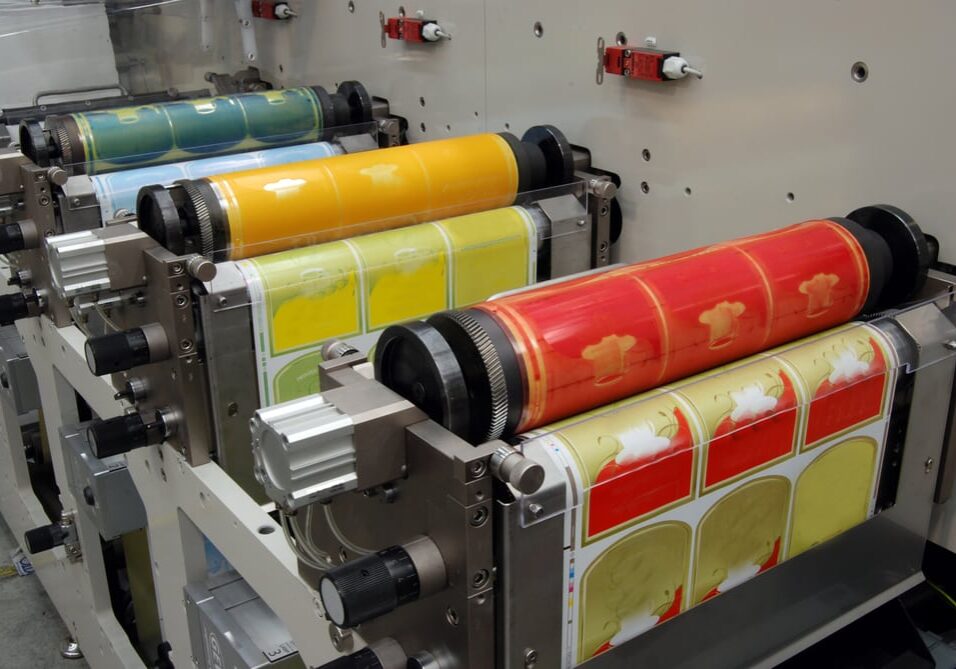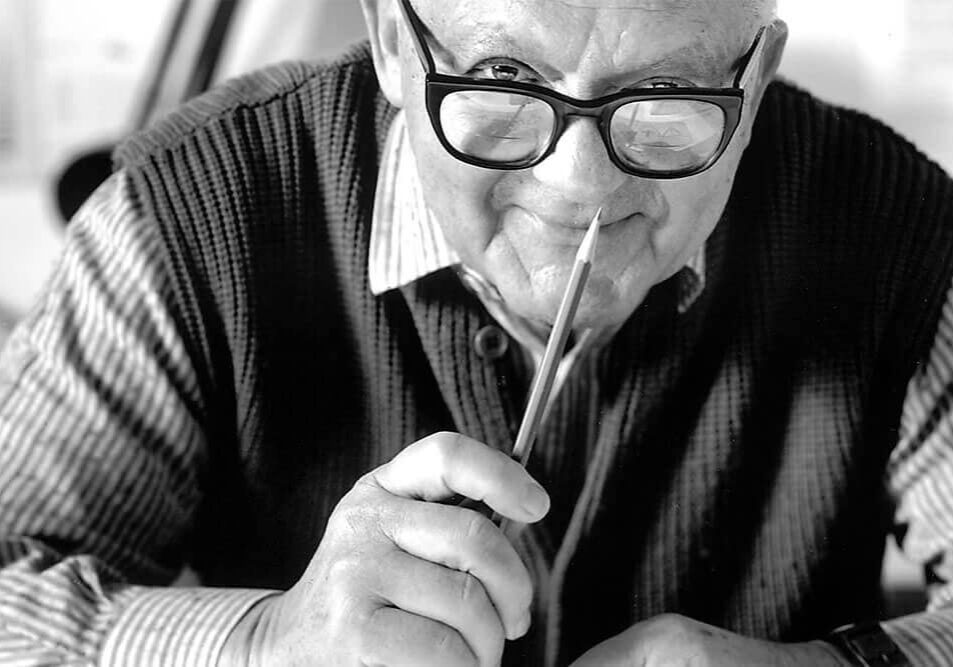The Pepsi Challenge was a marketing campaign started in 1975. It was simply a blind taste test between Pepsi and Coca-Cola, touting that even Coca-Cola fans choose Pepsi. It was a wildly successful marketing strategy that they revisited for decades. Coca-Cola even ran their own private tastes test, through which they found Pepsi was indeed chosen over half of the time, and panicked. They briefly released New Coke in 1985, a formula more similar to Pepsi’s cola. This initiative turned out to be one of the biggest failures in established branding history. Coca-Cola consumers were wildly disappointed. Miraculously, despite Coca-Cola’s snafu, and Pepsi’s increased market share, Coca-Cola remained number one in the soda game, and still reigns today.
In 2004, Baylor College of Medicine performed a version of the Pepsi Challenge with subjects hooked up to a functional magnetic resonance imaging (fMRI) machine. The results were interesting. In blind taste tests, most people preferred Pepsi, just like the Pepsi Challenge. The Pepsi drinks lit up activity in an area of the brain known as the ventral putamen, which helps us evaluate different flavors. It would seem that Pepsi does taste better! However, when the subjects were told which beverage they were sampling before they tasted it, they decided Coca-Cola tasted better. The fMRI scans showed the sips of Coca-Cola increased activity in the medial prefrontal cortex. This part of the brain is more involved in decision making. When the subjects knew they were drinking Coca-Cola, they weren’t simply evaluating flavor, they were considering memories and experiences. The study’s conclusion was that this prefrontal activity was associating the soda with the brand, in effect, overriding the taste buds. When choosing Coca-Cola, consumers are choosing the brand they know and love. Building a successful brand is more than a good product, it’s building a comprehensive experience.

What is Branding? And, Why is it Important for Your Business?
Introduction to Branding and Its Importance Branding is the process of creating and maintaining a unique identity and image for a company or product. It involves the development of a company’s name, logo, design, and messaging to convey a specific set of values and attributes. A strong brand can help build customer loyalty, differentiate a…

Different Applications of Graphic Design Skills
There are a lot of different possible applications for graphic design. Some graphic designers or agencies will specialize, or be niche-specific. However, many brands often require numerous avenues for approaching brand awareness. Since a branding agency concerns itself with your brand on a comprehensive level—from the tiniest details to the big picture—they can be a…

A Brand Refresh fit for a (Burger) King
Not too long ago, Burger King underwent a major brand refresh not too long ago! They hadn’t rebranded since 1999, and this new rebrand feels super fresh and juicy. At first glance, some may think they simply returned to their most successful old logos, of which appeared in 1969 and 1994 – but it’s so…

Do You Need a Social Media Presence?
The answer is a definitive, yes. Maintaining a consistent social media presence helps establish your brand, enforces brand cohesiveness, helps strengthen connections with existing clients, and builds trust with potential clients. An effective social media strategy requires strategic planning and a committed effort, but has many benefits for your business. Your business’s social media content…

How Good Branding Saves Your Company Money
Many businesses make the mistake of throwing money at marketing without thinking enough about their brand, as a whole. Paid media campaigns might garner attention, but they can’t necessarily retain it and convert as many customers without solid branding. A company with a consistent, strong perception amongst audiences will always outperform competitors with the same…

Plan it, make it, stretch it, wrap it, ink it, spin it, long print run it : Flexographic
Flexographic printing is a form of direct relief printing that is characterized by the use of flexible printing plates. In the past, these printing plates were always made of rubber, whereas today, flexible photopolymer printing plates might also be used. These plates have a slightly raised image of the content on them, they’re inked, and…

What is Typography?
Essentially, typography is the visual component of the written word. It is the technique, and art, of arranging letters in a way that makes the text legible, clear, and visually appealing to the reader. Typography involves the structure, size, weight, and style of the characters. It also considers the amount of space between the letters,…

A Brief Bio of Paul Rand
Even if you aren’t familiar with the name Paul Rand, you are definitely familiar with his work. Paul Rand was an American graphic designer and art director, who essentially defined the visual culture in America in the decades following World War II – and revolutionized how we think about corporate logos today. He was born…

